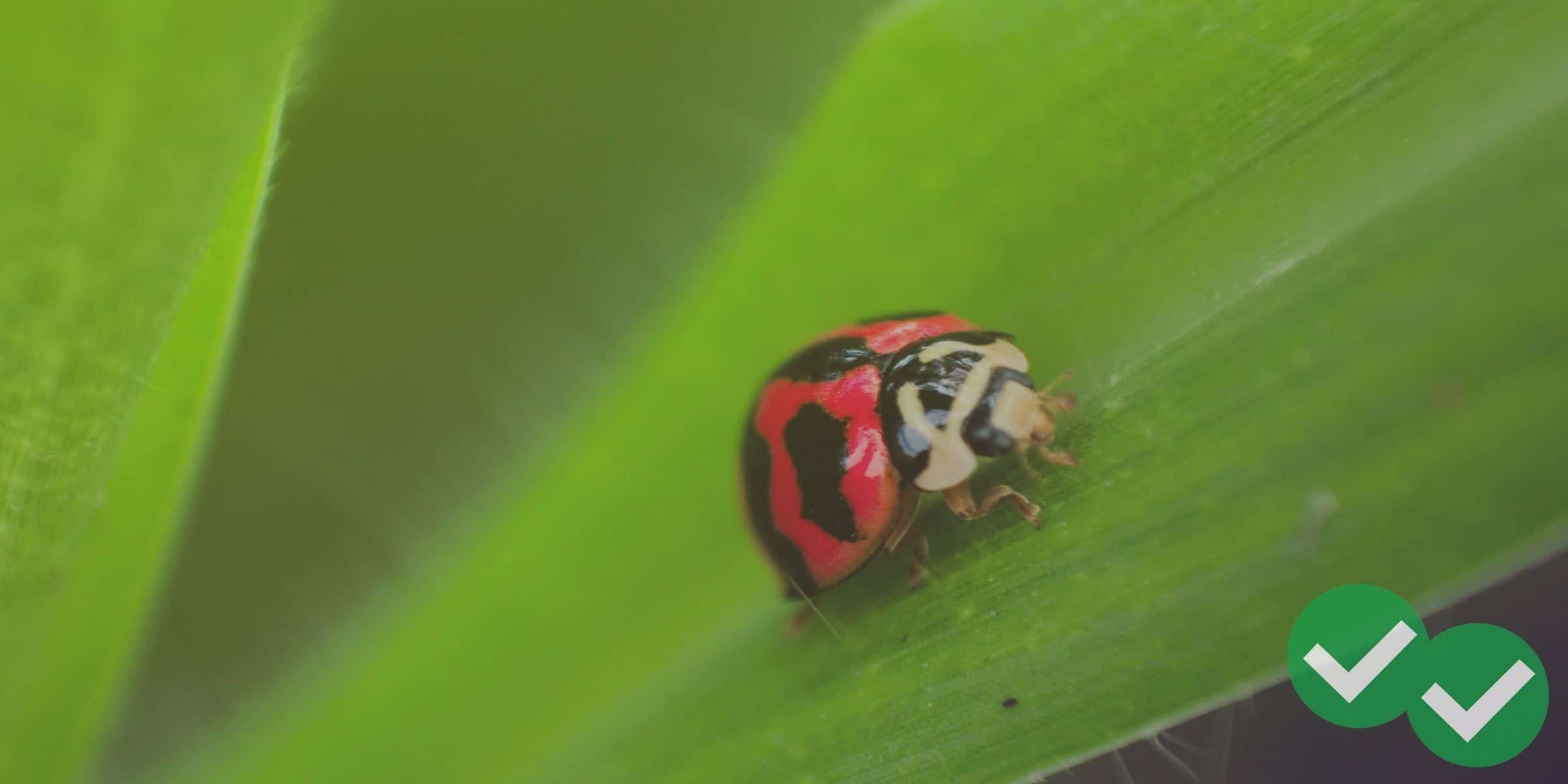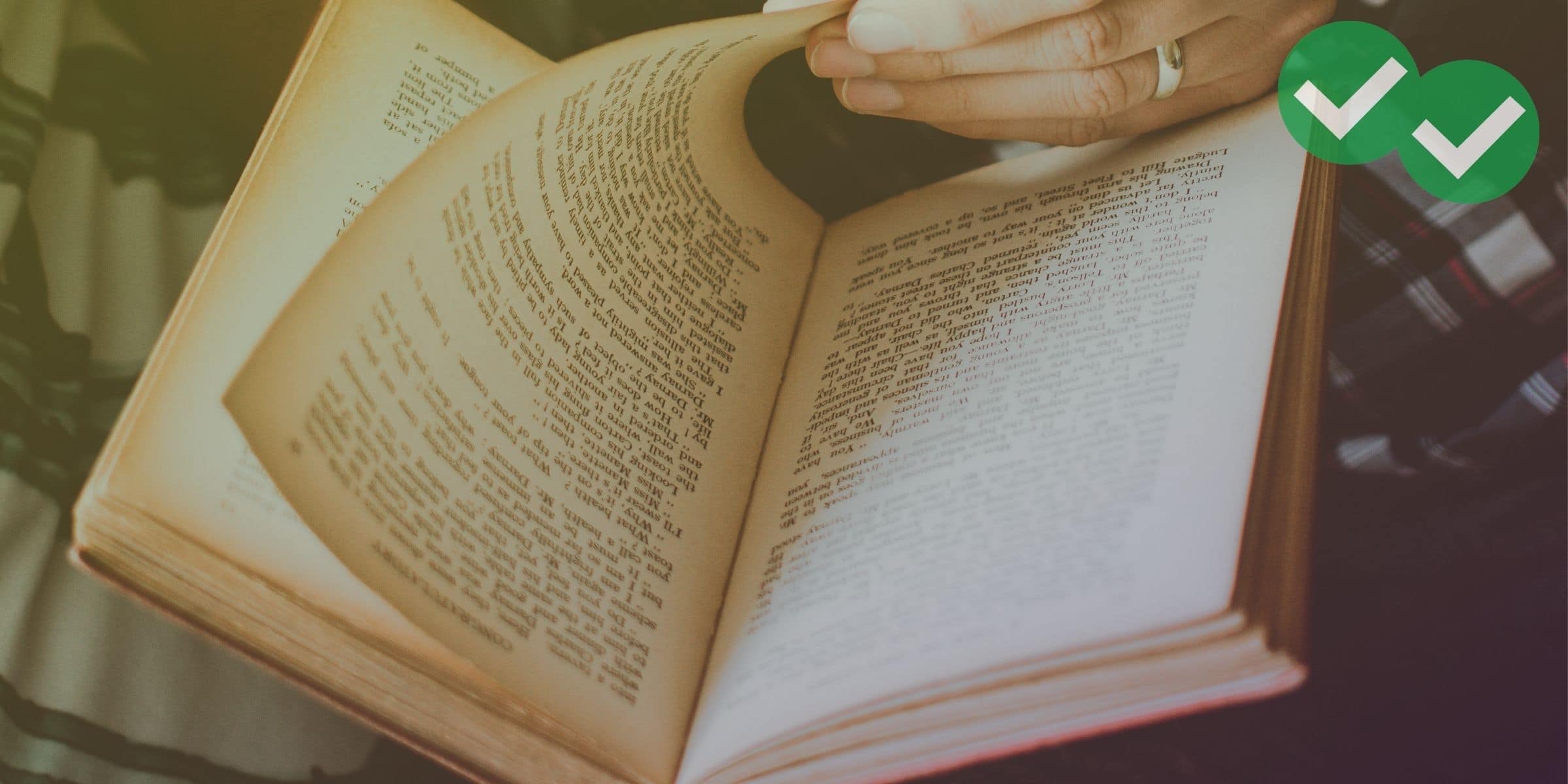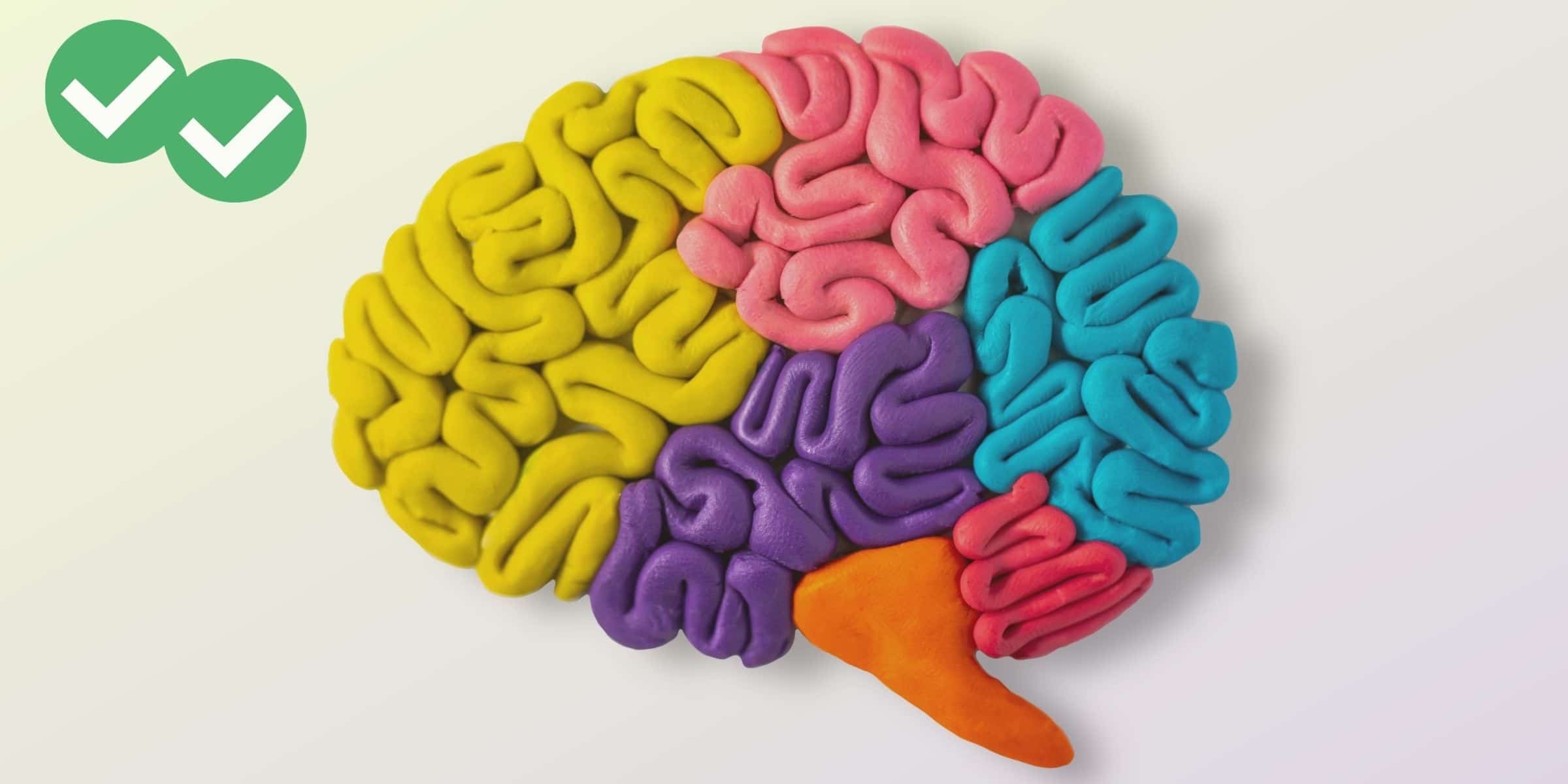
Lucas and I have shown you some good animal and life science words to know for the TOEFL. I have also helped you review those words here. Look over the definitions and mnemonics carefully. After that, you’ll be ready to practice reading the words in context. Below is a scientific reading passage that can help you see how these words are really used. After you read the passage, try to paraphrase it. Paraphrasing is an important TOEFL skill. It’s also an important learning skill. Paraphrasing allows you to put the meaning of new language into your own words, so you can truly understand it.
How Organisms Help Each Other Thrive
Many things can cause an animal to thrive in its habitat. If the animal is a predator, it needs prey. For example, a population of wolves will need to live in a place where there are a lot of deer, rabbits, or other prey. In turn, plant-eating animals like rabbits or deer may not thrive without predators. For instance, if a deer population has no predators, the group of deer get so large that they all of the vegetation in their area. Then the deer could begin to starve. Predators can protect their prey from overpopulation and starvation.
The relationship between predator and prey shows that an animal population depends on the other organisms around it. It is not just different species of animals that depend on each other. Plants and animals help each other thrive as well. Flowering plants need animals for cross-pollination, which makes new plant seeds. In cross-pollination, flower pollen is carried to the flower stigma, which uses the pollen to make seeds. The pollen is moved by insects that eat nectar, a natural sugar found in flowers. Insects such as butterflies and bees land on one flower, getting pollen stuck to their bodies. Then they move to the next flower, dropping some of the pollen onto the stigma. In this way, flowering plant species and nectar-eating insect species depend on each other to thrive.
Nectar drinkers like bees and birds are not the only small invertebrates that help plants thrive in their habitat. The earthworm also helps plants and is helped by plants. These invertebrates eat organic material such as dead leaves or rotting dead animals. Earthworms then push organic waste out of their bodies. The digested organic waste that earthworms leave in the soil is perfect food for plants. Thus, earthworms and plants also depend on each other to thrive.
Even microscopic organisms need other larger organisms to thrive, and can also help other living things thrive. In fact, the stomachs of wolves, deer, rabbits, butterflies, bees, and earthworms all contain certain kinds of microscopic organisms called bacteria. These microscopic bacteria survive best in the habitat of an animal’s stomach. In return, the bacteria help the animals digest their food.
As you can see, a wide variety of animals and other organisms rely on each other to thrive. Wolves need to eat prey such as deer and rabbits. Deer and rabbits need predators like wolves to help prevent overpopulation. Deer, rabbits, and other plant-eating animals need invertebrates like bees and earthworms, because these small animals help plants to thrive. All of this is ultimately possible because of microscopic bacteria. Microscopic organisms allow animals to digest food and help keep their habitat healthy and balanced.
Of course, even with all of these organisms helping each other thrive, sometimes a habitat can become unhealthy. Environmental changes can cause a habitat to run out of prey, so that predators can no longer thrive. It may also run out of plants, or run out of the invertebrates that help plants thrive. When this happens, sometimes an animal must migrate to a new habitat so it can continue to thrive. This can be seen every winter in cold climates. Many species of birds temporarily migrate to warmer habitats in the winter. They return to their usual habitat in the spring. Other kinds of migration are more permanent. If an animal species runs out of food, it may have to migrate to a new area entirely, never to return to its original habitat.






Leave a Reply